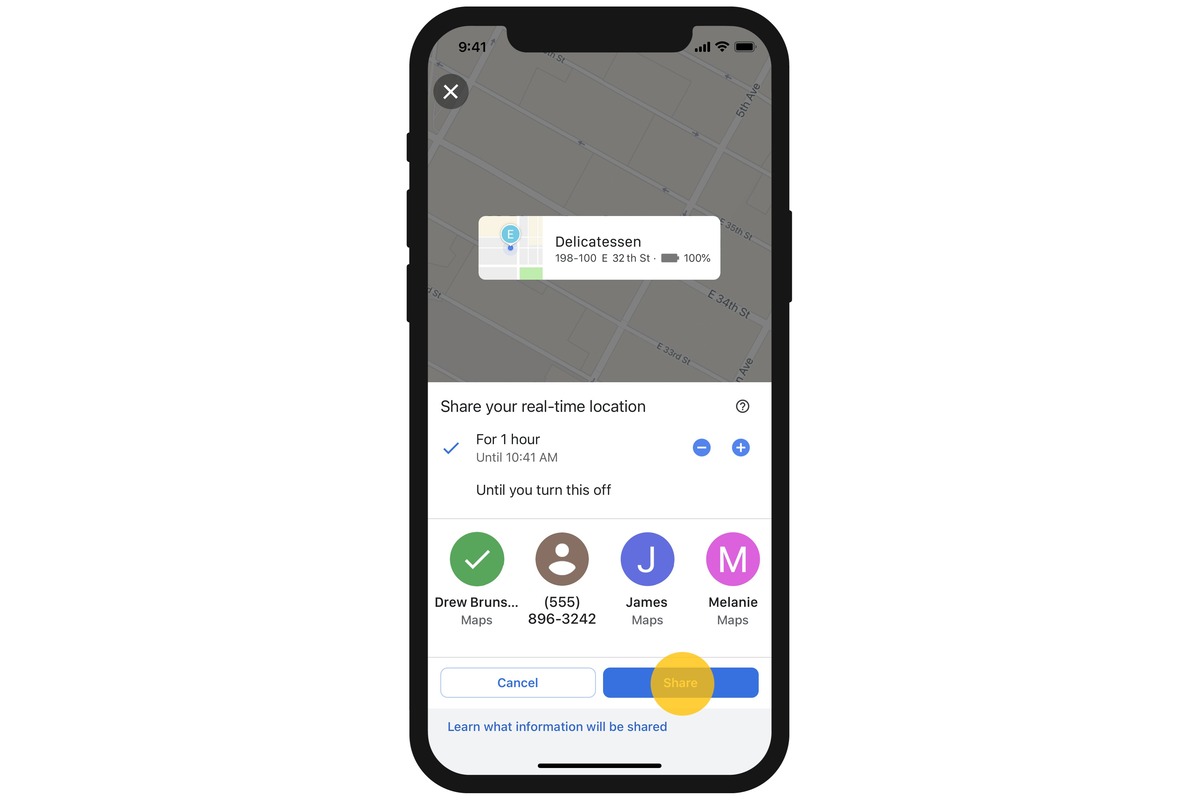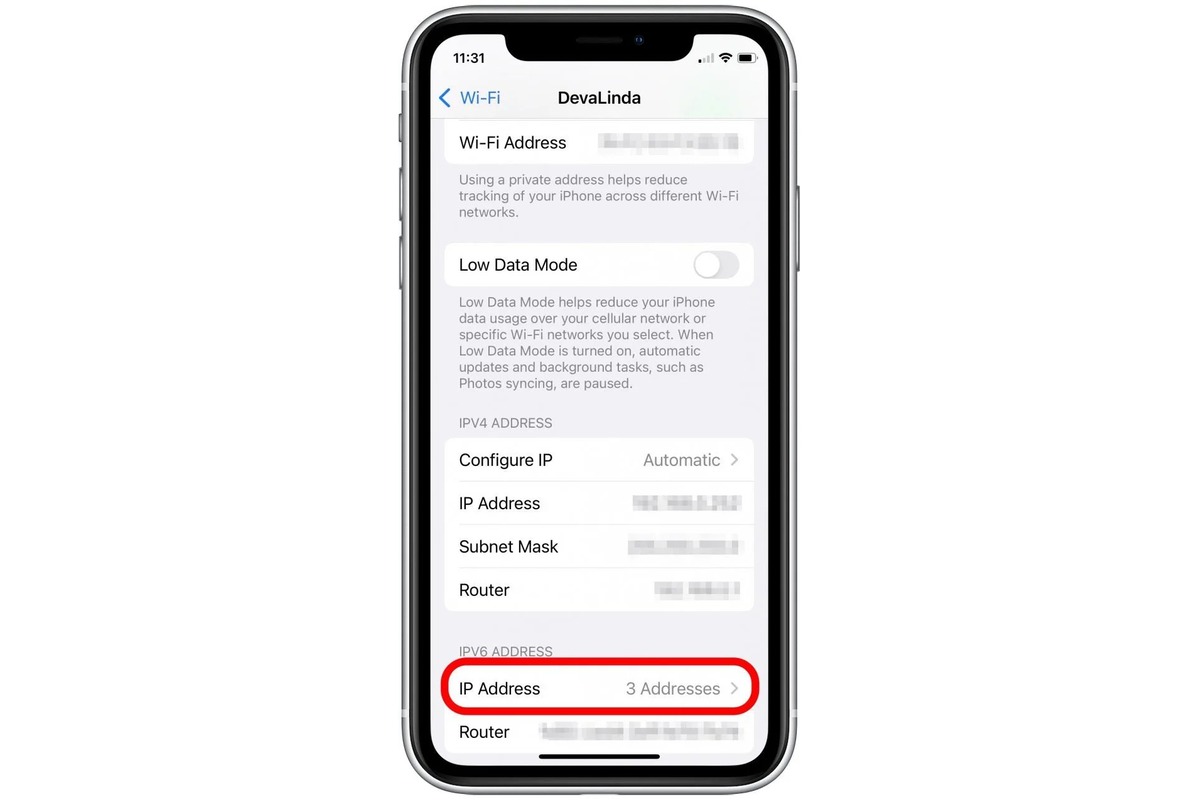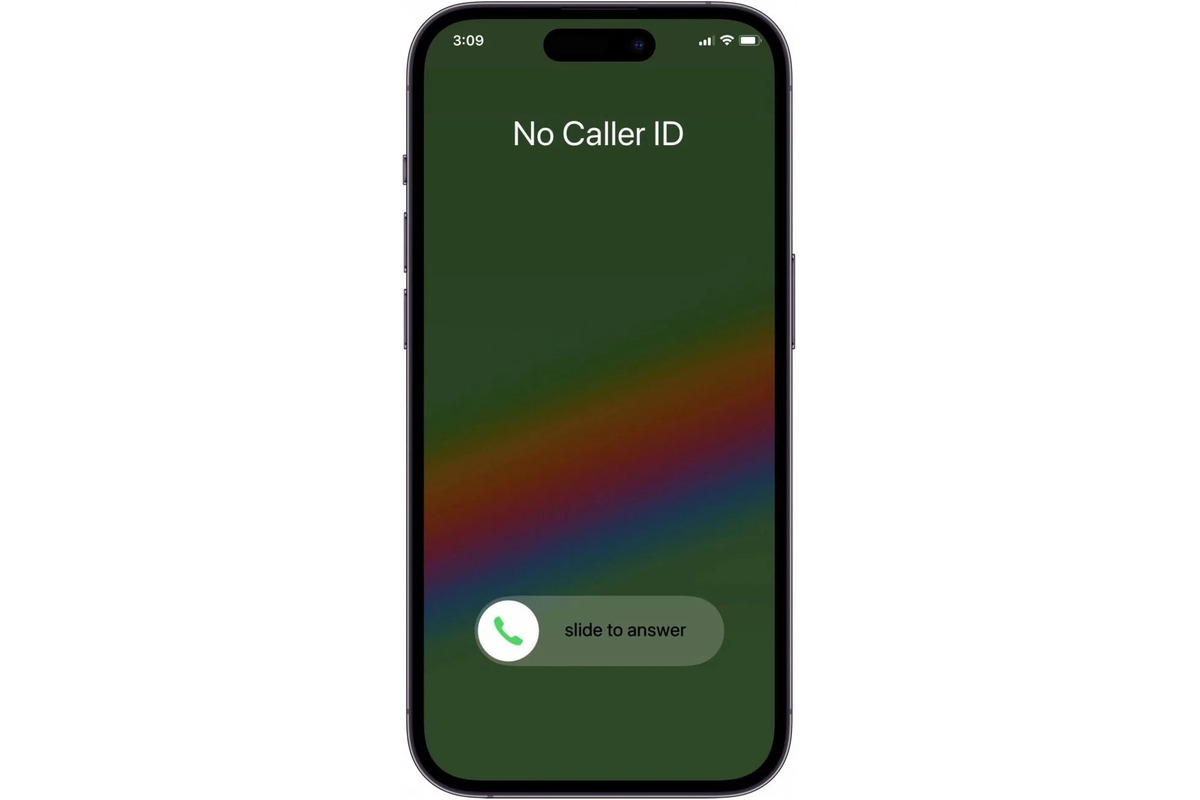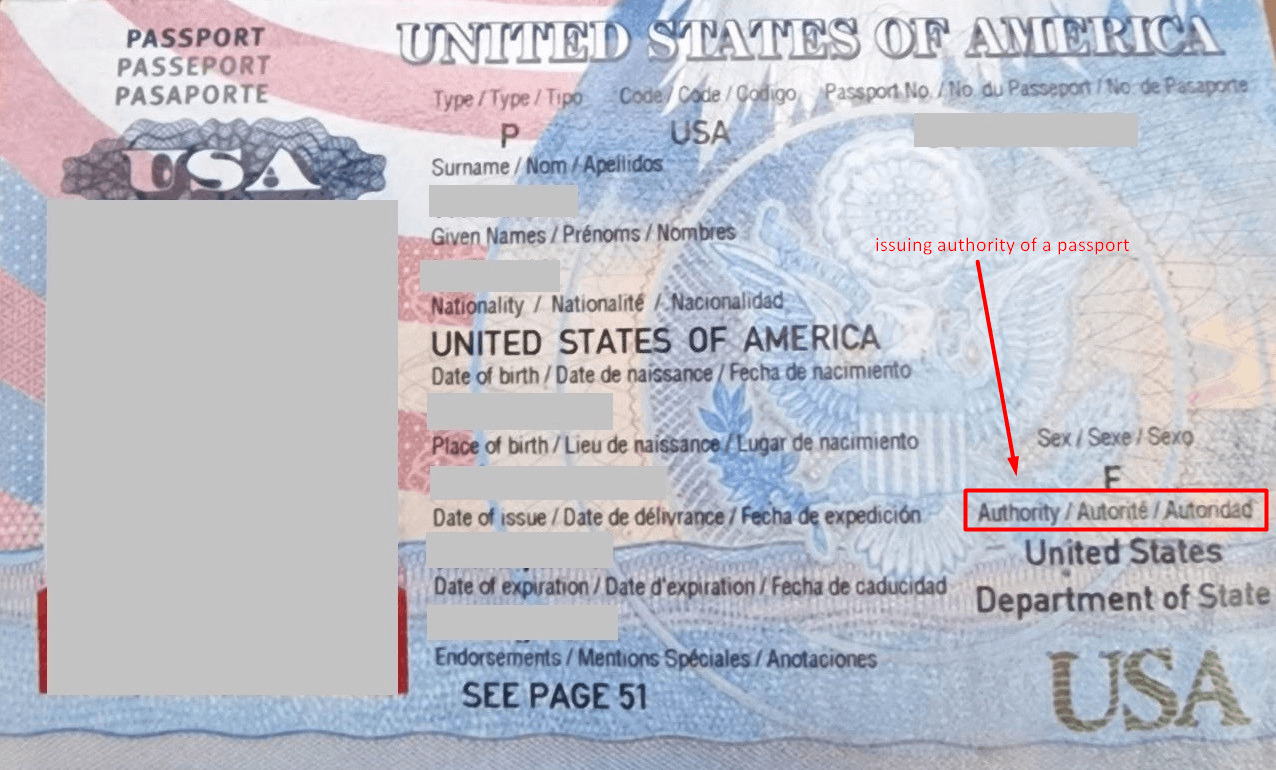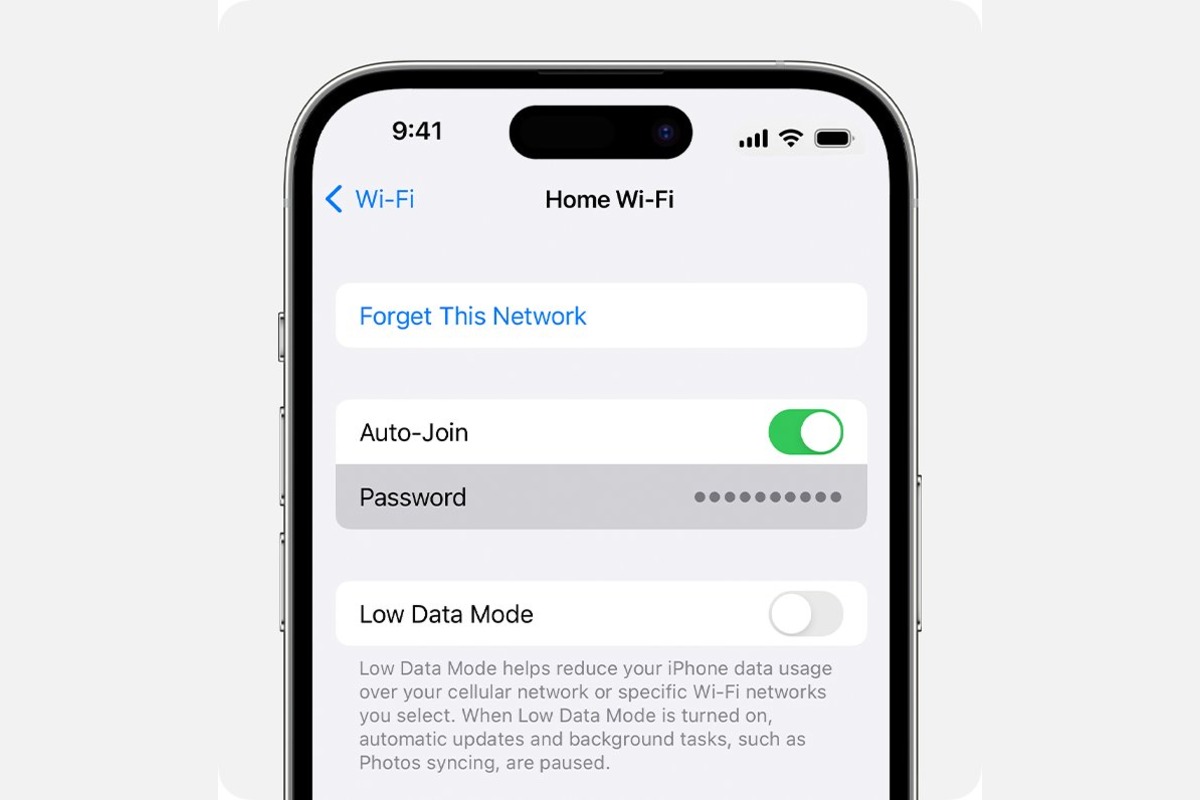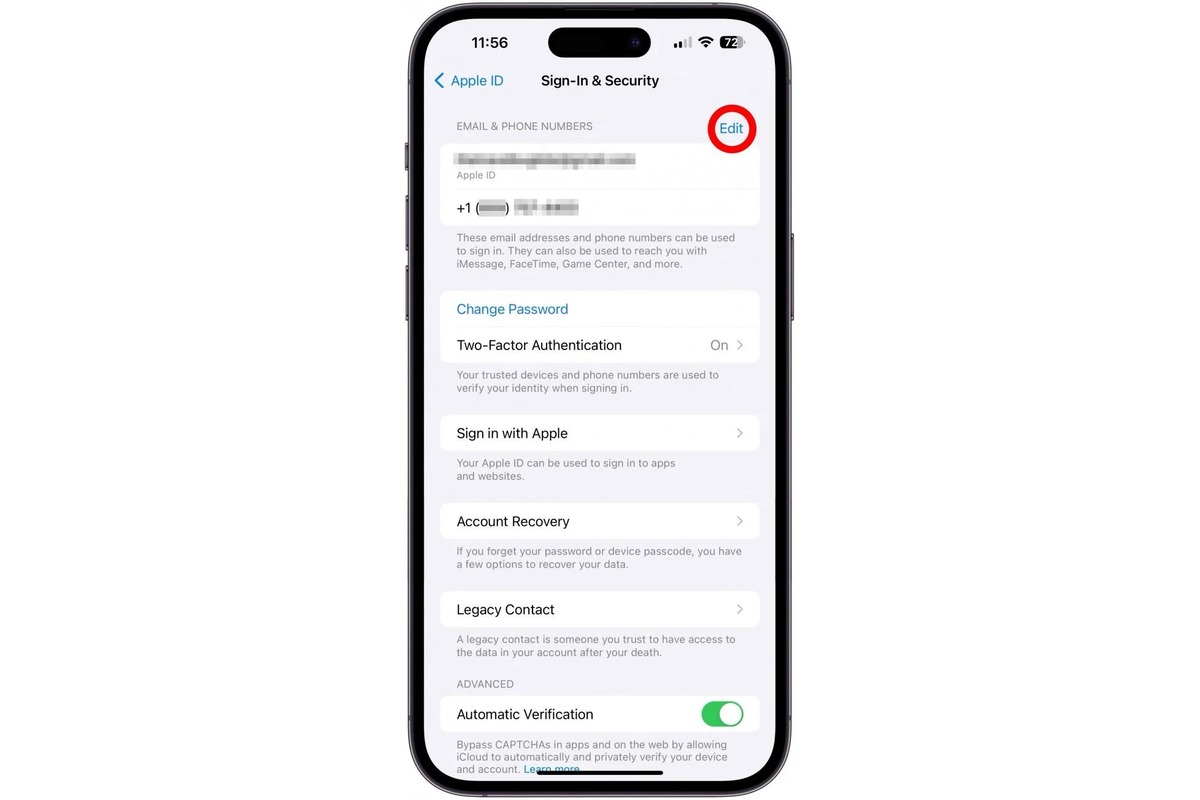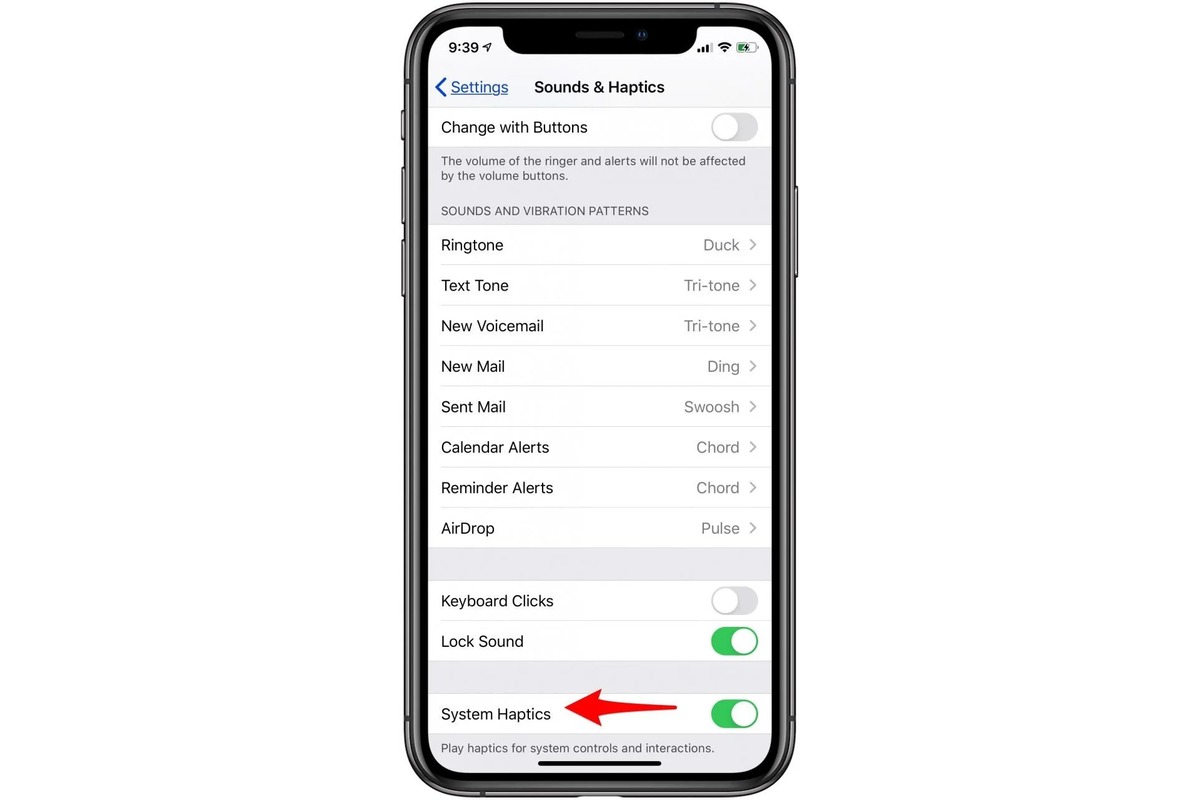Home>Technology and Computers>The Surprising Reason Your IPhone Can’t Find Your Location


Technology and Computers
The Surprising Reason Your IPhone Can’t Find Your Location
Published: January 21, 2024
Discover the surprising reason why your iPhone is unable to locate your position. Explore the latest in technology and computer issues with expert insights.
(Many of the links in this article redirect to a specific reviewed product. Your purchase of these products through affiliate links helps to generate commission for Noodls.com, at no extra cost. Learn more)
Table of Contents
Introduction
Have you ever found yourself in a situation where your iPhone or Android device struggles to pinpoint your location? It's a frustrating experience, especially when you're relying on GPS for navigation or location-based services. The reality is that GPS technology, while incredibly advanced, isn't infallible. There are various factors that can affect its accuracy, and understanding these nuances can shed light on why your device may sometimes struggle to find your location.
In this article, we'll delve into the intricacies of GPS technology and explore the surprising reasons behind your smartphone's occasional inability to accurately determine your whereabouts. From the underlying principles of GPS to the impact of urban environments on signal reception, we'll unravel the complexities that underpin this seemingly straightforward technology. So, let's embark on a journey to uncover the mysteries behind your device's occasional navigational hiccups.
Read more: How To Pause Location On Find My IPhone
How GPS Works
GPS, or Global Positioning System, is a network of satellites orbiting the Earth that enables devices to determine their precise location anywhere on the planet. At its core, GPS operates on a simple yet ingenious principle: trilateration. This method involves measuring the distance between a receiver (such as your smartphone) and multiple satellites to pinpoint the receiver's exact position.
The GPS system comprises a constellation of at least 24 satellites, strategically positioned in orbit around the Earth. These satellites continuously transmit signals that are received by GPS-enabled devices. By analyzing the time it takes for these signals to travel from the satellites to the receiver, the device can calculate its distance from each satellite.
To accurately determine its position, a GPS receiver needs to receive signals from at least four satellites simultaneously. Once the receiver has obtained the necessary data from multiple satellites, it can perform trilateration calculations to establish its precise three-dimensional coordinates – latitude, longitude, and altitude.
The accuracy of GPS positioning is reliant on the precise timing of the signals transmitted by the satellites. To ensure synchronization, each satellite is equipped with atomic clocks, which are exceptionally accurate timekeeping devices. This meticulous timekeeping is crucial for calculating the distance between the satellites and the receiver with remarkable precision.
Furthermore, the GPS receiver must account for the relativistic effects of time dilation caused by the satellites' high-speed movement and their position relative to the Earth's gravitational field. These relativistic adjustments are necessary to maintain the accuracy of the distance measurements, ultimately ensuring the precise determination of the receiver's location.
In essence, GPS technology harnesses the power of satellite signals, advanced timing mechanisms, and mathematical calculations to provide users with accurate and reliable location information. Understanding the intricate workings of GPS sheds light on the impressive scientific and technological feats that underpin this ubiquitous navigation tool.
Factors Affecting GPS Accuracy
Several factors can influence the accuracy of GPS positioning, impacting the reliability of location data provided by GPS-enabled devices. Understanding these variables is crucial for comprehending why your smartphone or navigation system may occasionally struggle to pinpoint your exact whereabouts. Let's explore the key factors that can affect GPS accuracy:
-
Satellite Geometry: The geometric arrangement of satellites in view can significantly impact GPS accuracy. When the satellites are positioned close together in the sky, the receiver may encounter challenges in accurately determining its location. This scenario, known as a poor satellite geometry, can lead to diminished accuracy, particularly in urban environments with obstructed views of the sky.
-
Atmospheric Conditions: The Earth's atmosphere can introduce delays and distortions in the GPS signals as they travel from the satellites to the receiver. Factors such as ionospheric and tropospheric conditions, including variations in atmospheric density and composition, can affect the speed and propagation of the signals, leading to inaccuracies in distance measurements and, consequently, location determination.
-
Multipath Effects: Multipath interference occurs when GPS signals reflect off surrounding surfaces, such as buildings, terrain, or other obstacles, before reaching the receiver. This can result in the reception of delayed or distorted signals, leading to errors in distance calculations and, consequently, inaccurate positioning.
-
Signal Obstruction: Physical obstructions, such as buildings, trees, or terrain features, can obstruct the line of sight between the GPS receiver and the satellites. When the receiver has limited visibility of the sky, the quality and strength of the received signals may be compromised, affecting the accuracy of the location data.
-
Receiver Quality and Sensitivity: The performance and sensitivity of the GPS receiver itself can influence positioning accuracy. High-quality receivers with advanced signal processing capabilities and multi-frequency support are better equipped to mitigate the impact of environmental factors and maintain accurate positioning, especially in challenging conditions.
-
Satellite Signal Degradation: The GPS signals transmitted by the satellites can experience degradation due to factors such as satellite clock errors, ephemeris errors, or signal distortion during transmission. These issues can introduce inaccuracies in the distance measurements, consequently affecting the precision of location determination.
Understanding these factors illuminates the intricacies of GPS technology and the challenges inherent in achieving consistent and precise positioning. By recognizing the variables that can compromise GPS accuracy, users can gain a deeper appreciation for the complexities involved in harnessing satellite-based navigation systems for reliable location information.
The Impact of Urban Canyons
Urban environments present a unique set of challenges for GPS technology, particularly due to the presence of towering buildings and densely populated areas. The term "urban canyons" aptly describes the phenomenon where high-rise structures line city streets, creating narrow corridors that can impede GPS signal reception. This architectural landscape poses a significant impact on the accuracy and reliability of GPS positioning, often leading to navigational discrepancies and location-based service disruptions.
In urban canyons, the towering buildings can obstruct the line of sight between GPS satellites and receivers, causing signal attenuation and multipath interference. As a result, GPS-enabled devices operating within these environments may struggle to obtain clear and consistent signals, compromising their ability to accurately determine the user's location. The presence of reflective surfaces on building facades further exacerbates the multipath effects, as signals can bounce off these surfaces before reaching the receiver, leading to distorted and delayed signal reception.
Moreover, the complex geometry of urban canyons can contribute to poor satellite visibility, as the skyscrapers limit the number of satellites that are visible to the receiver at any given time. This reduced satellite visibility can hinder the receiver's ability to establish robust signal measurements, impacting the accuracy of the trilateration calculations essential for precise positioning.
The impact of urban canyons on GPS accuracy is particularly pronounced in scenarios where users are navigating within city centers or relying on location-based services in densely urbanized areas. Inaccurate positioning can manifest as erroneous navigation instructions, misaligned location markers in mapping applications, or unreliable geotagging in photography and social media apps. The ramifications of compromised GPS accuracy in urban environments underscore the need for innovative solutions to mitigate the challenges posed by urban canyons.
To address the impact of urban canyons on GPS performance, advancements in receiver technology and signal processing algorithms have been pivotal. High-sensitivity receivers equipped with sophisticated signal processing capabilities can better cope with the signal attenuation and multipath effects prevalent in urban environments, enhancing the robustness of GPS positioning within urban canyons. Additionally, the integration of multi-constellation support, such as GPS combined with other global navigation satellite systems like GLONASS and Galileo, can enhance satellite visibility and improve positioning accuracy in challenging urban scenarios.
In essence, the impact of urban canyons on GPS accuracy underscores the dynamic interplay between technological innovation and the complexities of urban infrastructure. By understanding the intricacies of urban canyon effects on GPS performance, technological advancements continue to pave the way for more reliable and resilient navigation experiences in urban environments.
Conclusion
In conclusion, the occasional struggle of smartphones and GPS-enabled devices to accurately determine the user's location is not merely a random inconvenience but is rooted in the intricate interplay of various factors. From the underlying principles of GPS technology to the impact of urban canyons on signal reception, the complexities that underpin GPS accuracy shed light on the challenges and innovations within the realm of satellite-based navigation.
The functioning of GPS, based on trilateration and reliant on the synchronization of satellite signals and precise timing mechanisms, showcases the remarkable fusion of scientific principles and advanced technology. However, the accuracy of GPS positioning can be influenced by factors such as satellite geometry, atmospheric conditions, multipath effects, signal obstruction, receiver quality, and satellite signal degradation.
Urban environments, characterized by towering buildings and densely populated areas, present a unique set of challenges for GPS technology. The phenomenon of urban canyons, with its signal attenuation and multipath interference, significantly impacts the accuracy and reliability of GPS positioning. The reduced satellite visibility and complex geometry of urban canyons pose hurdles for GPS-enabled devices operating within these environments, leading to navigational discrepancies and location-based service disruptions.
Nevertheless, technological advancements in receiver sensitivity, signal processing capabilities, and multi-constellation support have been instrumental in addressing the impact of urban canyons on GPS performance. High-sensitivity receivers equipped with advanced signal processing capabilities and multi-constellation support have paved the way for more resilient and reliable navigation experiences in urban environments.
By unraveling the surprising reasons behind GPS inaccuracies, users can gain a deeper appreciation for the intricacies of GPS technology and the ongoing efforts to enhance its accuracy and reliability. As GPS technology continues to evolve, the quest for more precise and robust positioning in diverse environments remains a driving force behind innovation in satellite-based navigation systems.
In essence, the occasional struggles of smartphones and GPS-enabled devices to accurately determine the user's location are a testament to the dynamic interplay between technological innovation and the complexities of the surrounding environment. As we navigate the world with the assistance of GPS technology, the ongoing advancements in satellite-based navigation systems promise to elevate the reliability and resilience of location-based services, ensuring that our devices can consistently guide us with precision and accuracy, regardless of the challenges posed by urban landscapes.
